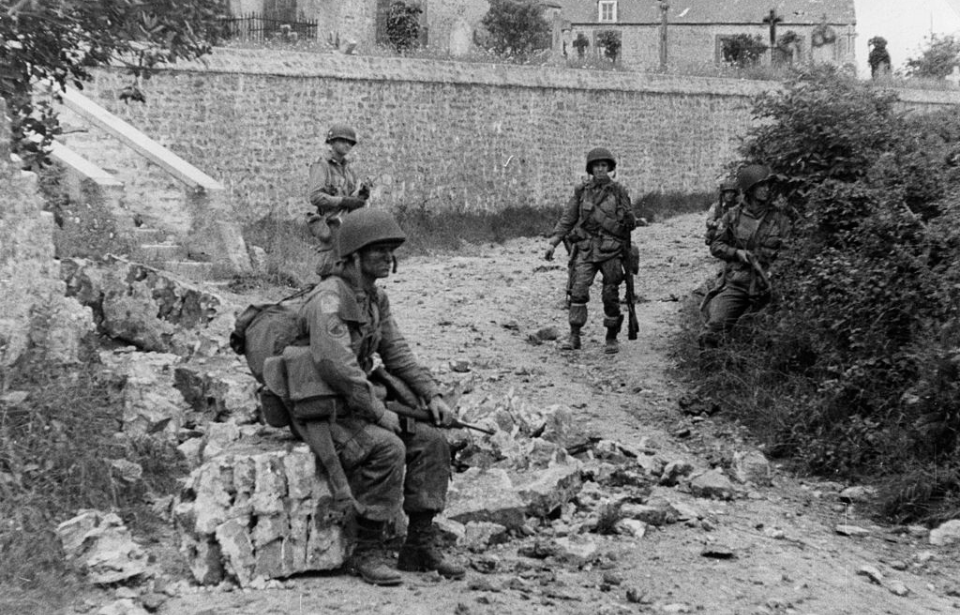The Battle of Graignes was fought between American paratroopers who’d accidentally been dropped off-target during D-Day and German soldiers attempting to provide support for their comrades. When they landed, they were greeted by villagers with open arms, despite the fatal punishment the Germans forced upon those who helped the Allies. Both the Americans and the residents of Graignes risked their lives by holding position, and each was willing to take on the enemy for the greater good.
Miscalculations on D-Day
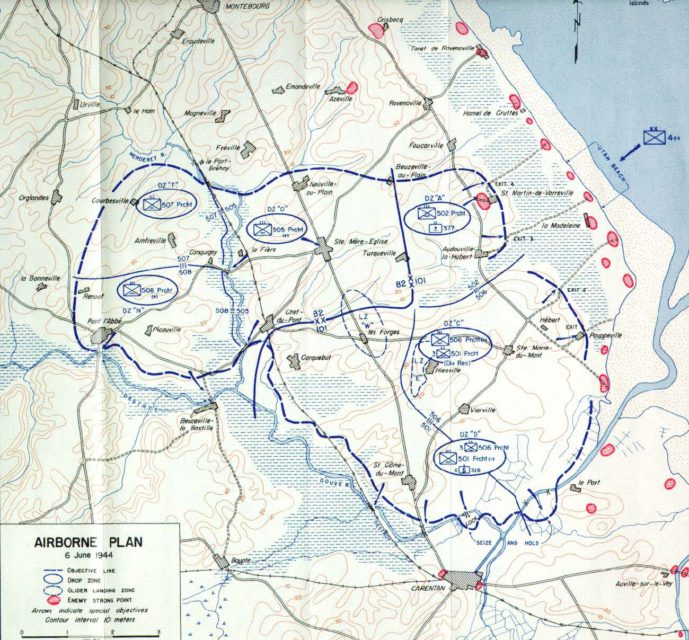
The paratroopers dropped over Graignes were intended to take part of the D-Day landings as part of Mission Boston, but their Douglas C-47 Skytrains flew off course. Despite taking a new, unplanned route, the doors opened to drop the Americans into the unrecognizable terrain below, some 18 miles northwest of their drop zone.
Capt. Leroy D. Brummitt of 3rd Battalion, 507th Parachute Infantry Regiment, 82nd Airborne Division, recalled, “The Army Air Corps Troop Carrier Squadron carrying 3rd Battalion Headquarters and Headquarters Company followed the planned flight route from England until we reached the Normandy coast where we began to encounter German anti aircraft flak. Instead of holding course, the squadron took a different heading.”
Between nine and 12 aircraft dropped almost 150 paratroopers with HQ Company into the marshes below. Maj. Charles D. Johnston took control of the battalion and decided that the 82nd and 101st Airborne Division drop zones were too far to attempt the trek on foot. Instead, he decided they would set up their position in the nearby village of Graignes.
The residents of Graignes were eager to assist the paratroopers
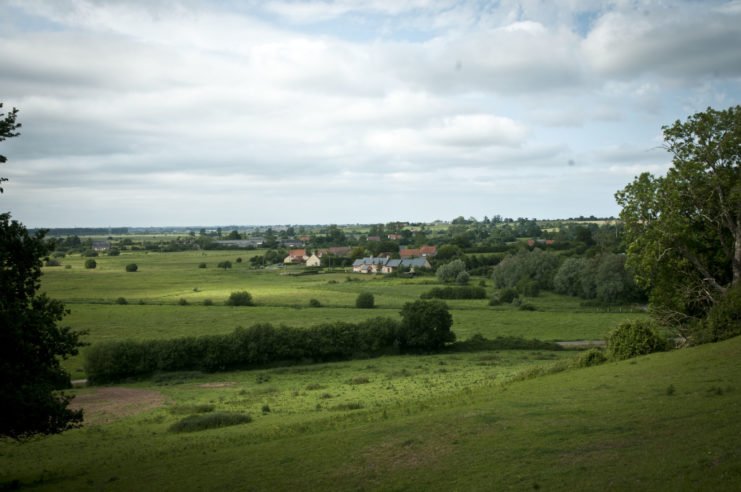
When Johnston, Brummitt and the rest of the paratroopers reached Graignes, they were met by Acting Mayor Alphonse Voydie and several eager villagers. They volunteered as much information as they could about the surrounding area and shared what they knew about the German troops stationed nearby, allowing the Americans to set up a defensive position.
The people of Graignes were extremely helpful, providing their boats to retrieve the paratroopers’ equipment from the marshes, including 81 mm mortars and M1919A4 .30-caliber machine guns. One family, the Rigaults, used their vessel to collect supplies and silk parachutes. They brought the items back to their farm, located a mile north of the village.
When the Americans arrived to retrieve their supplies, they found there was more than they could transfer by themselves, so the Rigaults’ daughters packed up their horse and carriage to help transfer the goods. It was risky, as they had to camouflage the items under bags of feed and hay, in case they came across German soldiers on patrol.
Hosting the paratroopers became a cooperative operation
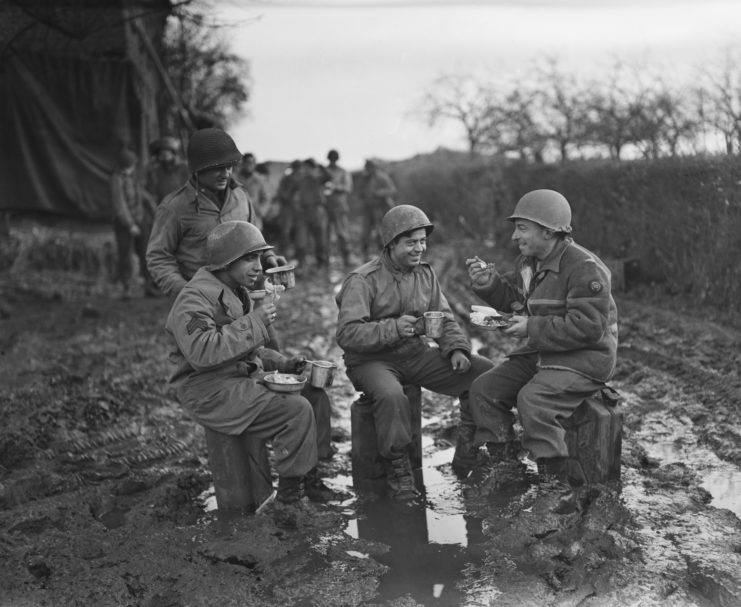
Johnston was primarily concerned with the food supply for his troops, knowing they wouldn’t be replenished for a while. Voydie called a town meeting to discuss mobilizing the villagers to help feed the Americans – the decision to do so was unanimous.
Women spearheaded the effort. They set up a round-the-clock cooking system to ensure the paratroopers were provided two hot meals a day. When rations began to run low, they traveled to neighboring towns to stock up on food, concealing the supplies so as not to raise suspicions.
By June 9, 1944, 182 Allied troops, including a newly-arrived company from 501st Parachute Infantry Regiment, 101st Airborne, were stationed in Graignes, aided by the villagers who were thankful to have their protection. Once settled, the troops set up a perimeter around the village and defensive posts within buildings. Rifle-wielding soldiers walked the main road, while anti-tank mines were hidden throughout the area, to prevent enemy vehicles from entering Graignes.
Battle of Graignes
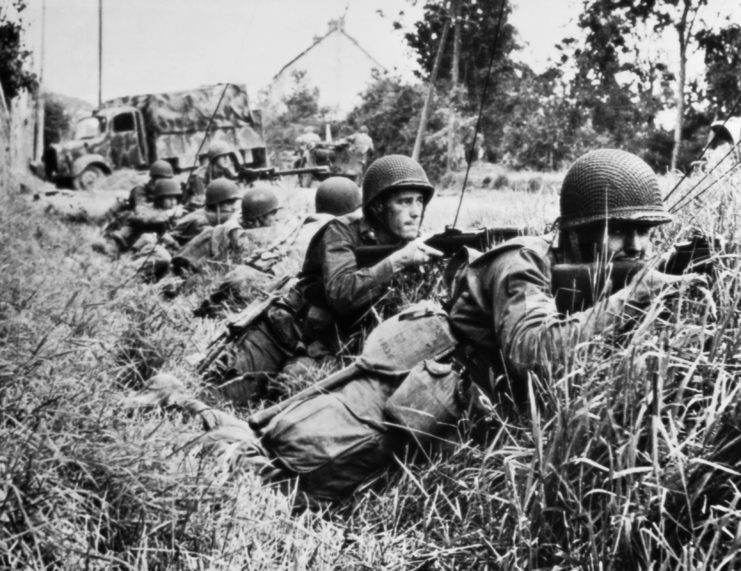
On June 10, a mechanized reconnaissance patrol from Marschgruppe 2 of the 17th SS Panzergrenadier Division “Götz von Berlichingen” stumbled upon Graignes on their march toward Normandy. Their approach was met by American fire, and the bridge that led into the village from the north was blown out, in the hopes of preventing a German advance.
By the next morning, a large German force was approaching. As the two sides fought, wounded American troops were brought to the local church for medical treatment. As the battle intensified and the Germans continued to lobby gunfire against the Allies’ defensive positions, heavy vehicles could be heard in the distance, suggesting they were bringing in reinforcements.
In fending off the first two German advances, the paratroopers began to run low on ammunition. Their positions were becoming more and more compromised, and, before long, many were overrun. As the Battle of Graignes became increasingly dangerous, Johnston gave the order for his men to abandon their positions and run for friendly lines.
Many paratroopers escaped, but some weren’t so lucky
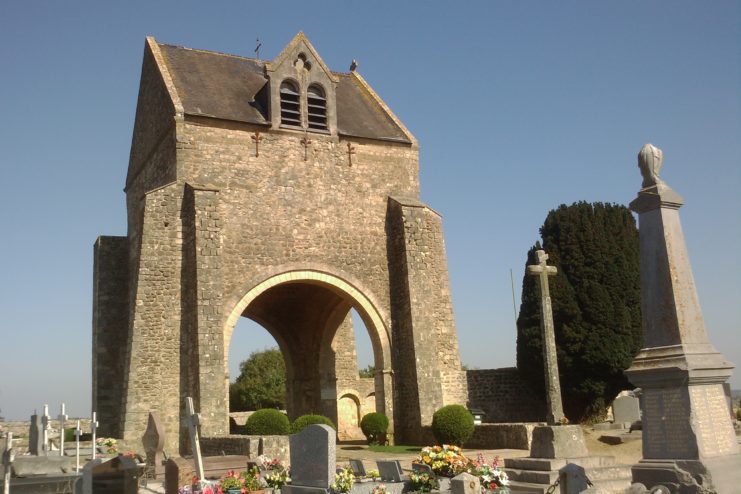
Brummitt responded to Johnston’s order by collecting as many comrades as possible, gathering them in the designated assembly area. From there, they made their way into the brush, concealing their positions in a hedgerow just south of the town of Carentan. On the morning of June 12, over 100 had made it to safety.
However, not everyone was able to escape. Johnston was assumed dead after the roof of the Boys’ School’s collapsed in on him and others while they were inside. Additionally, the medical team and wounded troops located within the structure hadn’t been able to engage in the retreat. It’s unclear whether they simply hadn’t been told about Johnston’s orders or if they believed they’d become prisoners of war (POW). Either way, their remaining at the church proved to be their demise.
Massacre during the Battle of Graignes
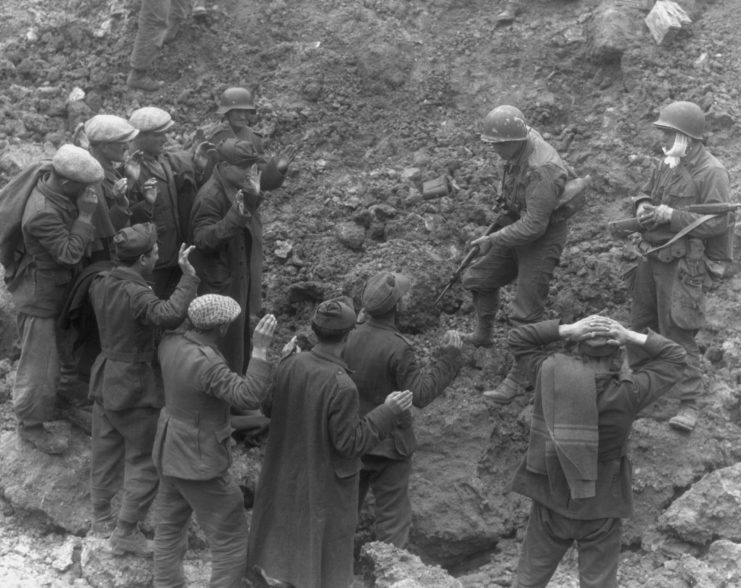
Those found alive in the church were divided into two groups by members of the 1st Battalion, 17th SS Panzergrenadier Division “Götz von Berlichingen,” 38th Regiment. Each was marched to a destination just outside of Graignes, where they were shot and killed. Their bodies were either buried in shallow graves or dumped in the marshes. No one was taken as a POW.
Johnston hadn’t actually died in the roof collapse, but he was wounded. He and two other officers were captured and taken to the neighboring town of Tribehou, where they were tortured and interrogated. Eventually, all three were killed and their bodies were dumped along what is now the D57. Their remains weren’t recovered until after the war.
The villagers of Graignes were also punished for helping the Americans. Fathers Leblastier and Lebarbanchon were pulled from their rooms and shot in the village for allowing the paratroopers to use the church’s belfry as an observation post.
More from us: The Price of Freedom: The Forgotten Civilian Deaths of D-Day
Eventually, the Germans ordered Graignes be abandoned by its residents. Two women trying to comply with the order were stranded on their way out, as their old horse had died during transit. Seen as disobeying orders, they were swiftly executed. Most residents survived the German occupation, but when they returned, there was nothing but rubble. Regardless, they were happy to have helped the American troops and been important components of the Battle of Graignes.
